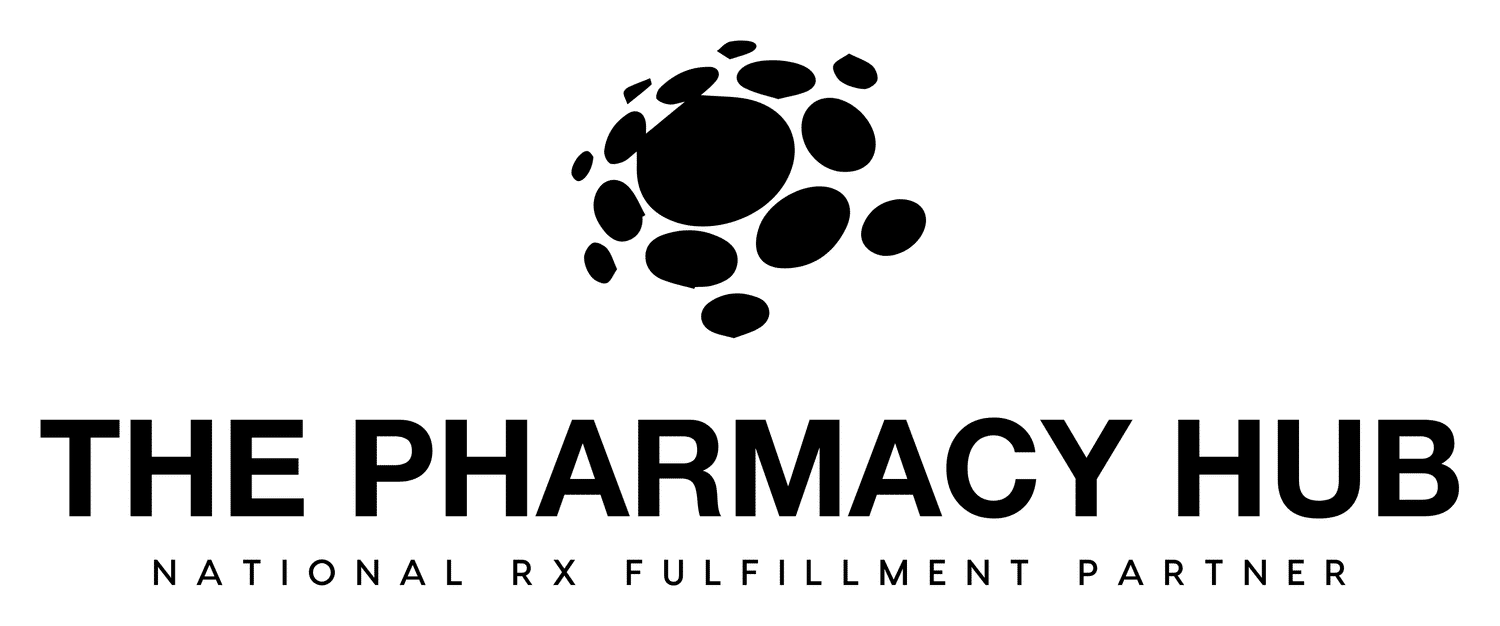- Senior
- Escritório em Norfolk
Spektrum have a wide range of exciting opportunities in several global locations.
We are always looking to add great new talent to our team and look forward to hearing from you.
Spektrum supports apex purchasers (NATO, UN, EU and National Government and Defence) and their Tier 1 supplier ecosystem with a wide range of specialist services. We provide our clients with professional services, specialised aerospace and defence sales, delivery, and operational subject matter expertise. We are looking for personnel to join our team and support key client projects.
Who we are supporting
Allied Command Transformation (ACT) is NATO’s leading agent for change: driving, facilitating, and advocating the continuous improvement of Alliance capabilities to maintain and enhance the military relevance and effectiveness of the Alliance. The main objectives of ACT are: providing appropriate support to NATO missions and operations; leading NATO military transformation; and improving relationships, interaction and practical cooperation with partners, nations and international organisations. ACT therefore leads Alliance concept development, capability development, training and lessons-learned initiatives and provides unfettered military support to policy development within NATO.
The program
Capability Development & Management Support (CDMS)
DCOS Capability Development (CAPDEV) acts as the Supreme Allied Commander Transformation's Director for guidance, direction and coordination of the activities and resources of the Capability Development Directorate.
The Requirements Division will execute all tasks and activities needed to support requirements management for NATO capabilities
The Capability Requirements (CR) Branch will develop the Capability Requirements Brief and recommended courses of action to resolve issues through the life cycle management of requirements using matrixed, cross-functional project-specific Requirements Management teams.
The Requirements Forward Branch (Mons) is responsible for conducting requirements development and management representation and engagement-related functions in Europe.
The Capability Division coordinates the development of capabilities from capability planning through acceptance and then disposal with management entities, NATO Headquarters staff and the NATO Governance Structure
The Capability Forward Branch (Mons) coordinates with ACO, NCIA, NSPA, NATO HQ, territorial Host Nations, and NATO Centres of Excellence (COEs) to support the development of capabilities.
Strategic Plans and Policy (SPP) supports Allied Command Transformation in formalizing military advice to shape future military strategy, political guidance, and other policy documents supporting NATO’s strategic objectives.
Role Duties and Responsibilities
- Collaborate with stakeholders, including military staff, technology experts, and policy leaders, to gather and document functional and technical information for the NC3 architecture.
- Translate political, strategic, and operational needs and goals into architectural views in accordance with NATO Architectural Framework (NAF) specifications and design principles.
- Develop and refine high-level architecture designs that outline the structure, components, and interactions of the NC3 system.
- Create conceptual, logical, physical, and technical views of the architecture to ensure a comprehensive understanding of its systems, components and relationships.
- Create architectural documentation using NAF standards, best practices, and guidelines to ensure consistency and coherence across different components of the NC3 architecture.
- Collaborate with other architects, engineers, and stakeholders to ensure alignment with broader NATO strategies and goals.
- Communicate the architectural vision, rationale, and implications to non-technical stakeholders and decision-makers.
- Manage the impact of architectural changes on existing systems and processes, ensuring that transitions are smooth and disruptions are minimized.
- Collaborate with applicable stakeholders to ensure that the architecture is validated against defined requirements and that its performance meets operational expectations.
- Provide training to staff and end-users to ensure proper understanding and utilization of the architecture.
- Deliver briefings and presentations to senior military leadership, decision-makers, and stakeholders to communicate architectural strategies and progress
- Develop Mission Thread Identification which defines the various mission threads and scenarios relevant to NATO's NC3 mission. This includes understanding the operational context and the specific tasks, processes, and interactions involved in each mission thread.
- Create detailed models of mission threads using ArchiMate modeling languages and tools. These models should capture the sequence of activities, information flow, decision points, and dependencies within each mission thread.
- Identify and define the various mission threads and scenarios relevant to NATO's NC3 mission. This includes understanding the political, strategic, operational, and tactical context and the specific tasks, processes, and interactions involved in each mission thread.
- Collaborate with relevant stakeholders, including policy makers, military commanders and staff, and technical experts, to gather input and requirements for mission thread analysis.
- Develop detailed models of NC3 mission threads using appropriate modeling languages and tools. These models should capture the sequence of activities, information flow, decision points, and dependencies within each mission thread.
- Assess the existing NC3 capabilities against requirements. Identify any gaps or shortcomings in the current architecture or processes that need to be addressed.
- Based on the analysis of mission threads, provide recommendations for improvements, enhancements, or modifications to the NC3 architecture. These recommendations should address capability shortfalls, risk mitigation, and performance optimization.
- Maintain detailed documentation of mission thread analysis, including models, reports, and findings. Ensure that this documentation is accessible to relevant stakeholders.
- Collaborate with ongoing validation efforts to ensure that the NC3 architecture meets the operational requirements identified in the mission threads. Participate in testing exercises and validate the architecture's performance in realistic scenarios.
- Establish a process for continuous monitoring and assessment of mission threads to adapt to changing operational needs and emerging threats.
- Effectively communicate the results of mission thread analysis to decision-makers, technical teams, and other stakeholders. Ensure that findings and recommendations are clearly understood and acted upon.
- Ensure that the NC3 architecture complies with NATO policies, directives, and security standards.
- Collaborate with stakeholders, including military commanders, policy makers, and technical experts, to gather input and requirements for CEM development. Understand the specific capabilities and operational scenarios that need to be modeled.
- Coordinate with the Program Director and Project Coordinator to shape the scope of the CEM development effort. Provide recommendations regarding which NC3 capabilities and mission scenarios should be included in the model. Provide feedback regarding CEM scope alignment with the overall objectives of NC3 Modernization.
- Make recommendations regarding the appropriate framework or methodology for developing the CEM. Ensure that the selected framework aligns with NATO standards and guidelines.
- Identify the data sources needed for CEM development which may include information on NC3 systems, operational procedures, threat assessments, and mission objectives. Establish data collection processes and timelines.
- Recommend the modeling tools and software that will be used to create the CEM. Ensure that these tools support the chosen framework and are compatible with NATO's modeling standards.
- Create a detailed plan for CEM development, including timelines, milestones, and responsibilities. Provide proposed tasks and activities required at each stage of the development process.
- Integrate the collected data into the modeling environment. Ensure data accuracy and consistency. Develop procedures for updating and maintaining data as the CEM evolves.
- Create realistic mission scenarios that reflect the operational context in which NC3 capabilities will be employed. Define the objectives, tasks, and decision points for each scenario.
- Conduct thorough verification and validation of the CEM to ensure that it accurately represents NC3 capabilities and their employment. Involve subject matter experts and stakeholders in the validation process.
- Maintain comprehensive documentation of the CEM, including model descriptions, assumptions, data sources, and results at the appropriate security level. Ensure that the documentation is accessible to stakeholders.
- Conduct scenario testing using the CEM to evaluate different courses of action and their implications for mission success. Use the model to inform decision-making and strategy development.
- Establish mechanisms for continuous improvement of the CEM. Update the model as new data becomes available, and refine scenarios based on evolving threats and operational requirements.
- Effectively communicate the results and insights gained from the CEM to decision-makers and other stakeholders. Ensure that the CEM informs NC3 capability development efforts.
- Directly supports the Branch Head CR and will be required to travel to meetings and conferences both within and outside NATO’s boundaries for up to 30 days per year.
- Performs additional tasks as required by the COTR related to the LABOR category.
Essential Skills and Experience
- At least five (5) years in the last ten (10) of demonstrable experience with hands-on development of business, application, and technology architectures, using professional modelling tools (e.g. Sparx, ARIS, BizzDesign), in accordance with TOGAF or comparable architectural frameworks (e.g. Zachman, DoDAF, UAF).
- One or more certifications in recognised Enterprise Architecture methodologies and frameworks like TOGAF, Zachman, DoDAF, UAF or similar along with proficiency in ArchiMate notation.
- Demonstrable ability to present complex architectures in an easy understandable and accessible way to non-technical audiences, from end users to senior decision makers and approval boards.
- Demonstrate recent (i.e. in the last ten years) experience in analysis, design, and modeling of business architectures, with particular emphasis on documenting business roles, processes and information flows and their relations.
Education
- xx
Language Proficiency
- Advanced Proficiency in English
Working Location
- Norfolk, VA, USA
Working Policy
- On-Site
Contract Duration
- January 2026 – December 2030
Security Clearance
- Valid National or NATO Secret personal security clearance
We never know what new opportunities might be just over the horizon. If this opportunity isn't for you please feel free to send us your resume anyway and be the first to know if something suitable for your skills and experience comes up.





